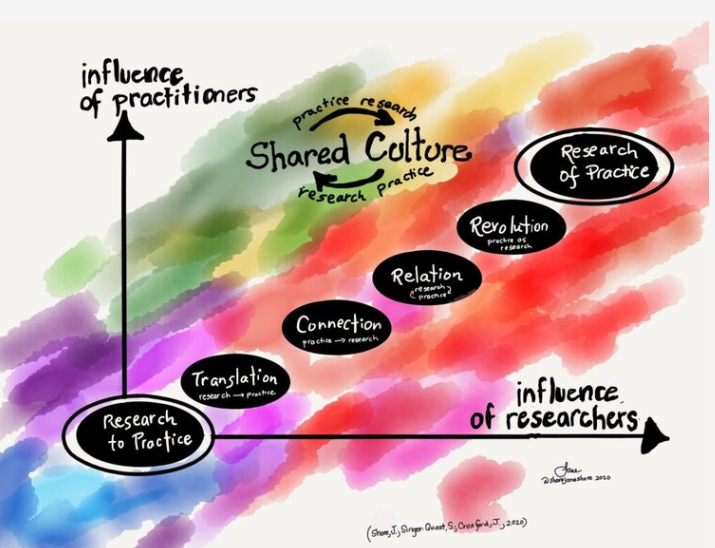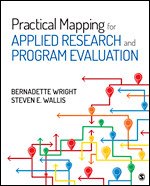Confident assessment in research-oriented classes, Part 2
by Rachel Forsyth author of Confident Assessment in Higher Education.
Marking and feedback
This blog post which draws on the book, Confident Assessment in Higher Education, considers the process of marking and giving feedback. See the first post by Forsyth to learn about designing the process.
Tip 1: make a marking plan – sounds obvious, and you probably already do it, but if you ever find yourself running out of time to complete your marking, maybe a quick review would be useful.
Then make a plan for each marking session, with the names and times you will grade each piece of student work, and just get on with it. You can award yourself breaks and treats as part of the schedule (whatever works for you: a coffee, five minutes on Twitter or other social media of your choice, dealing with five emails, a walk round the block).
Tip 2: Build your own confidence. Before you start marking, think through each of the marking criteria, whether you wrote them yourself or were given them, and jot down some ideas about what the words mean in relation to the assignment, and what you are looking for – what counts as contemporary literature? What do you expect from a clear introduction? How much analysis do you expect at this level? Which key aspects of the topic do you need to see discussed? What does ‘critical’ mean in this context? Is there something which MUST be cited? Look occasionally at these notes, alongside the marking criteria or rubric. Once you’ve settled into the rhythm, try to start enjoying seeing what students have done and begin to feel confident in your judgements.
Tip 3: Review the marking scheme carefully. There are two basic types:
1) holistic marking scheme, which provides the basis for making judgements about the characteristics of the complete submission, used when students are expected to process information into a new perspective or judgement of their own, with learning outcome verbs such as explain, analyse, synthesise, create, design, and so on.
2) analytical marking scheme, used when a range of accurate knowledge or competent skills needs to be tested. Effectively, analytical schemes make a series of pass/fail decisions across a range of smaller tasks, with the final grade depending on the number of successes. The discrimination between students is therefore achieved on the breadth of knowledge or skills.
The assessment lifecycle (adapted from Forsyth et al, (2015).
If you have a rubric for holistic marking, you need to read through (or watch, or listen to) the whole submission before starting to make a judgement. Then look at your criteria, and judge where the piece of work sits in each part of your rubric. In many cases, these decisions will be relatively straightforward, and the pattern of judgements for each criterion will let you decide a mark quite easily and reproducibly, in that the same pattern would lead to the same grade each time.
Sometimes, the structure of the submission will have led you to focus on one criterion, without thinking about the others as you read through or watched the submission. So you may need to repeat the process, consciously thinking about the criteria you didn’t focus on previously. Perhaps you just need to skim one of the sections to make your mind up, perhaps you need to read or watch the whole piece with the same level of attention. There will be variation in the time you need to judge each submission, because of the complexity of each individual piece.
With an analytical marking scheme, you are making a series of individual judgements about elements of the submission separately, then adding up the results. These smaller decisions may be easier to make, but you should still check your understanding of the criteria occasionally.
Tip 4: Take regular breaks and be prepared to return to something you graded at the beginning of the day to see if you still feel the same way about it. If the criteria are valid, reliable, and equitable, this will be the case, but checking is a valuable self-moderation activity.
Giving feedback
When teachers and students are asked about the purpose of feedback on assessed work, there is general agreement that it should be to support improvement (Dawson et al., 2018; O’Donovan et al., 2021; Price et al., 2010), and so good feedback is very simply feedback which is entirely focused on this aim. Of course, you need to think about what improvement looks like for your students – for a research-oriented assignment, you might think about what this assignment shows about their current ability to complete a literature review, write research aims and outcomes, create an effective research design, analyse data, and critically evaluate their findings, and offer advice on these issues. There is no need to use feedback to justify a grade if you are using clear marking criteria which have been shared with students.
Here are some tips for producing actionable feedback:
1) Focus on a small number of actions students can take: keep the feedback brief. Students will not be able to process a great deal of detail.
2) Do say if an aspect of the submission was very effective, or if it added nothing to the work, and explain why, in measured tones. If praise or criticism is very strong in tone, students are likely to focus on these statements rather than the proposed actions.
3) Don’t use hedging language: it can be misinterpreted. If you have advice, make it clear.
Example: Don’t say: It might be a good idea to spend more time on the primary sources in your next assignment.
Do say: In your next assignment, spend more time thinking about how the primary sources link to your research question and how you can use them to support your analysis.
4) Only comment on those aspects of the assignment which were relevant to the assessment. For instance, you may realise that students have put in a lot of effort, but this isn’t being assessed, and won’t be reflected in the grades, so it isn’t helpful to acknowledge it here.
5) Do use language which links back to the assignment task and which is consistent with the grade the student received. In suggesting actions, you can use phrases from the marking rubric for a higher band.
You will find that you develop a series of stock phrases or statements that you use, and it may be useful to collect these into a file, or to use a digital marking tool to help with adding them to a feedback report. You can also try using audio feedback, which is popular with students (Fawcett & Oldfield, 2016)
If you are interested in finding out more about the underpinning for this advice and examples of assessment tasks and feedback strategies, do ask your library if they have a copy of Confident Assessment in Higher Education.
References
Dawson, P., Henderson, M., Mahoney, P., Phillips, M., Ryan, T., Boud, D., & Molloy, E. (2018). What makes for effective feedback: staff and student perspectives. Assessment & Evaluation in Higher Education, 1-12. https://doi.org/10.1080/02602938.2018.1467877
Fawcett, H., & Oldfield, J. (2016). Investigating expectations and experiences of audio and written assignment feedback in first-year undergraduate students. Teaching in Higher Education, 21(1), 79–93. https://doi.org/10.1080/13562517.2015.1115969
O’Donovan, B. M., den Outer, B., Price, M., & Lloyd, A. (2021). What makes good feedback good? Studies in Higher Education, 46(2), 318-329. https://doi.org/10.1080/03075079.2019.1630812
Price, M., Handley, K., Millar, J., & O'Donovan, B. (2010). Feedback : all that effort, but what is the effect? Assessment & Evaluation in Higher Education, 35(3), 277–289. https://doi.org/10.1080/02602930903541007


























Tips on grading and marking to make it relevant and useful for students’ future research.